Share This Article
Learn more
Xiaomi 14 Ultra vs Vivo X100 Pro: OVERVIEW
Last update on 2025-05-19 / Affiliate links / Images from Amazon.
The Vivo X100 Pro vs Xiaomi 14 Ultra will be compared in this post. Presently, these are not just some of the greatest flagship smartphones made by Chinese OEMs, but they are also among the best flagship smartphones overall. Actually, individuals who desire high-quality smartphones with cameras will find them particularly intriguing. Both are incredibly distinct at the same time, even yet they are both really captivating.
Prior to comparing their designs, displays, performance, battery life, cameras, and audio quality, we will first list their specifications. Here, there are a lot of distinctions as well as some parallels. We have chosen the global variants of both phones, which are available in different markets. Keeping that in mind, how about we get started?
Xiaomi 14 Ultra vs Vivo X100 Pro: SPECS
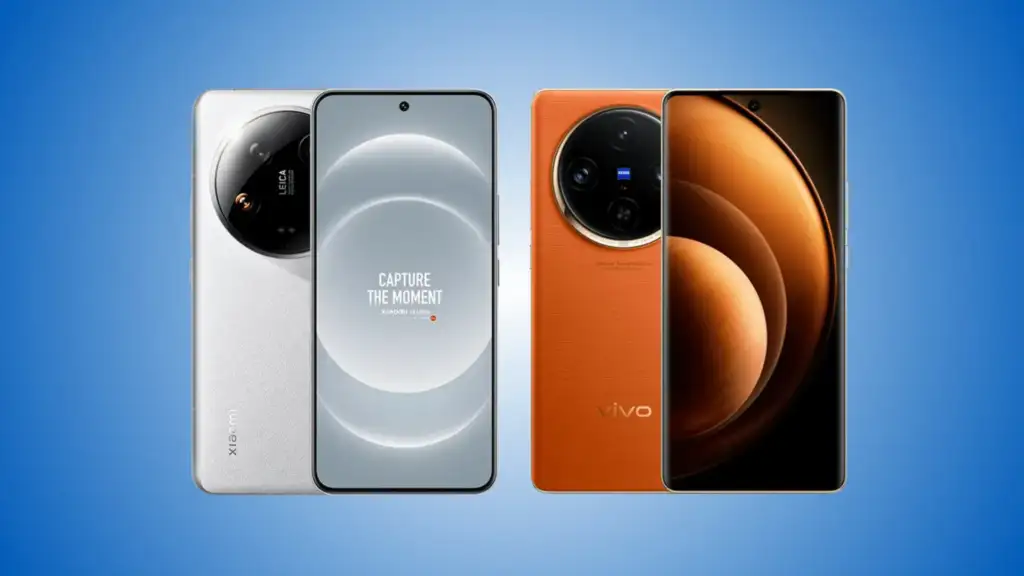
Xiaomi 14 Ultra Key Specs
Vivo X100 Pro Key Specs
Let’s read on in the following parts to get a better understanding of how the Xiaomi 14 Ultra vs Vivo X100 Pro compare, and maybe you’ll have enough arguments to determine which one is best for you.
Xiaomi 14 Ultra vs Vivo X100 Pro: DESIGN
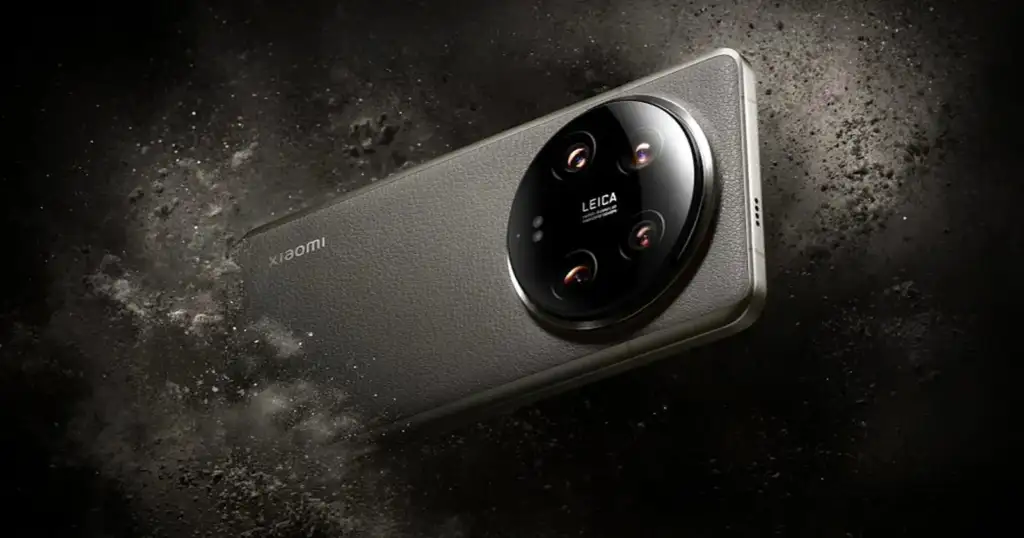
There are several similarities between these two cellphones when you compare them side by side. In addition to having curved screens and a camera hole in the middle, they both have a sizable camera oreo on the back. But let’s go at things one step at a time. The corners of the Xiaomi 14 Ultra are marginally rounded more than those of the Vivo X100 Pro. There are physical buttons on the right side of both phones, and they are positioned similarly.
The frames of both phones are composed of aluminum, while the Xiaomi 14 Ultra is also offered in China in a titanium version. The Xiaomi 14 Ultra is now available in both black and white worldwide versions, and it includes a vegan leather backplate. As far as worldwide models go, the Vivo X100 Pro has an aluminum frame and a glass back (however there is a vegan leather model in China). This naturally makes the Xiaomi 14 Ultra more grippy. if we just compare the worldwide models.
In contrast, the Xiaomi 14 Ultra has one more camera and a slightly larger camera oreo. On both phones, the backplates bend inward toward the edges. In contrast, the Xiaomi 14 Ultra is marginally shorter, although both phones are nearly identical in terms of width and thickness. The global versions of the Xiaomi 14 Ultra weigh 219.8 grams, while the Vivo X100 Pro weighs 225 grams. That is our main concern in this instance. Of course, there are numerous versions in China with varying weights.
Both smartphones have an IP68 certification and have an extremely high-end feel to them. However, these two handsets are very substantial in size and weight. Consider it before choosing one.
Xiaomi 14 Ultra vs Vivo X100 Pro: DISPLAY
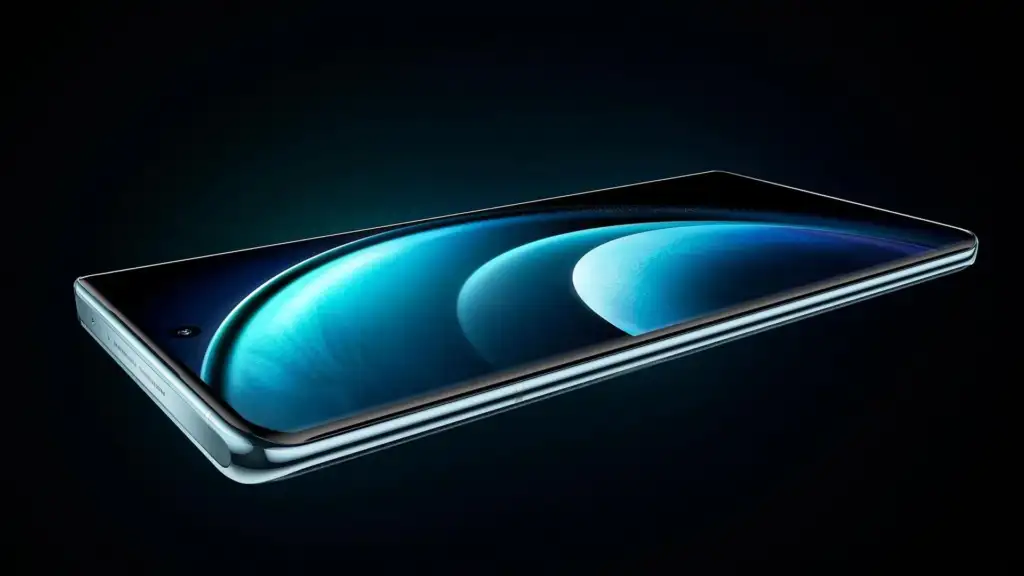
6.73-inch QHD+ (3200 x 1440) LTPO AMOLED panel powers the Xiaomi 14 Ultra. This screen features an adjustable refresh rate (ranging from 1 to 120 Hz) and is curved. HDR10+ content is also supported, as is Dolby Vision. Theoretically, the maximum brightness of this screen is 3,000 nits. The phone’s screen-to-body ratio is approximately 89%, yet the display aspect ratio is 20:9. This display is shielded by the Xiaomi Shield Glass.
Editor’s Choice
Sixty-eight-inch curved 2800 x 1260 display is included with the Vivo X100 Pro. An adjustable refresh rate of 1 to 120 Hz is featured on this LTPO AMOLED display. The maximum color and brightness that this panel can theoretically project is 1 billion nits. 90 percent of the screen is in contact with the body, and the aspect ratio of the display is 20:9. The somewhat lower screen resolution of this panel results in a slightly lower PPI than that of the Xiaomi 14 Ultra.
However, you’ll be happy to know that these two displays are excellent. Not only do they have excellent viewing angles and are vivid, but they also have excellent touch response and a bright enough brightness. That applies to almost any circumstance you might encounter, including using direct sunlight. The blacks are deep as well. However, bear in mind that both panels are curved in case you prefer flat displays. There is a difference in the curvature levels; the Xiaomi 14 Ultra’s display is less curved.
Xiaomi 14 Ultra vs Vivo X100 Pro: PERFORMANCE
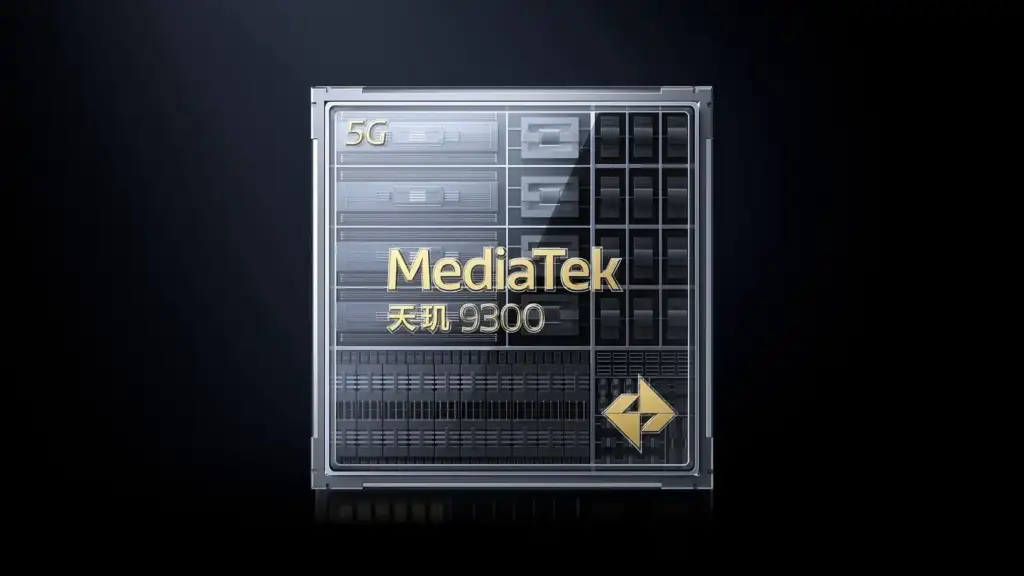
The Xiaomi 14 Ultra is powered by the Snapdragon 8 Gen 3 SoC. Right now, that is the most potent semiconductor made by Qualcomm. In addition, the worldwide model of the phone has 16GB of LPDDR5X RAM and uses 512GB of UFS 4.0 flash storage. The greatest processor that MediaTek has to offer, the MediaTek Dimensity 9300 SoC, powers the Vivo X100 Pro. In addition, the global version of this phone comes with 512GB of UFS 4.0 flash storage and 16GB of LPDDR5X RAM.
Both of these phones perform admirably in terms of overall functionality. They perform incredibly well when it comes to multimedia, browsing, email, texting, picture processing, and multitasking. They also open apps very quickly. Regarding consistent performance, they both perform admirably. The animations the company offered only served to improve the seamless experience.
What about video games? Sure enough, during a longer gaming session, the Vivo X100 Pro warmed up more than the Xiaomi 14 Ultra. It was substantially warmer after an hour of Genshin Impact, despite the Xiaomi 14 Ultra being warm as well. On the Vivo X100 Pro, we did record a greater temperature, but it had little impact on gameplay. In contrast to the Xiaomi 14 Ultra, there was a slight decrease in frame rate, but that was all. Both are capable of handling the hardest games available on the platform.
Xiaomi 14 Ultra vs Vivo X100 Pro: BATTERY
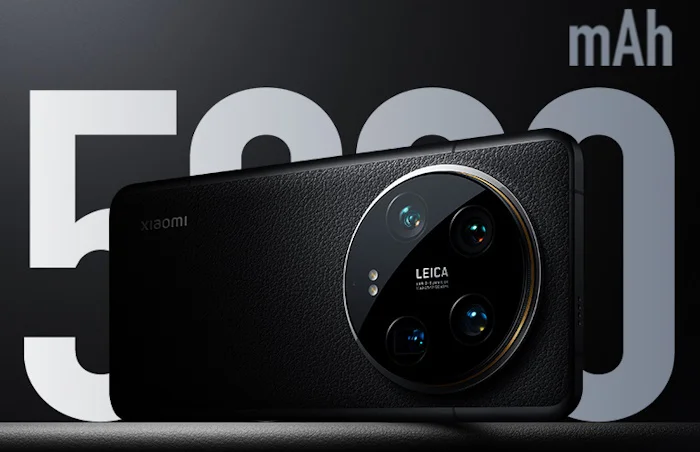
A 5,000mAh battery is included with the Xiaomi 14 Ultra. Its global model, that is. The gadget is shipped with a 5,300mAh battery in China. Regardless of market, the Vivo X100 Pro, on the other hand, comes with a 5,400mAh battery. Given that the Vivo X100 Pro has a larger battery, some of you might believe that it has greater battery life. Well, that wasn’t precisely the case at least, not in our experience.
Not only did the Xiaomi 14 Ultra perform somewhat better in our battery drain test, but it also performed slightly better in everyday use. On both of these phones, we were able to achieve about 7-8 hours of screen time with varying usage (no gaming). However, the Xiaomi 14 Ultra did appear to last roughly 10% longer. While not very significant, the change was apparent when using the product. Of course, your mileage may differ.
To put it mildly, these two smartphones offer highly appealing charging experiences. 90W wired, 80W wireless, and 10W reverse wireless charging are all supported by the Xiaomi 14 Ultra. Reverse wired, 50W wireless, and 100W wired charging are all supported by the Vivo X100 Pro. Be aware that the retail packaging for each of these cellphones contains a charger.
Xiaomi 14 Ultra vs Vivo X100 Pro: CAMERAS
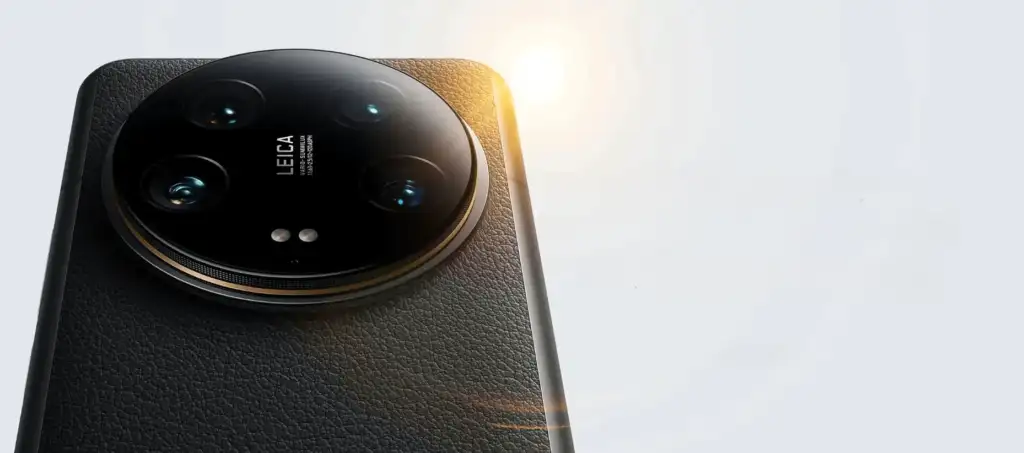
The Vivo X100 Pro sports three 50-megapixel cameras on its back, compared to four on the Xiaomi 14 Ultra. A 50-megapixel primary camera with a 1-inch sensor and variable aperture, a 50-megapixel ultrawide lens with a 122-degree field of view, a 50-megapixel telephoto lens with a 3.2x optical zoom, and a 50-megapixel periscope telephoto lens with a 5x optical zoom are all featured on Xiaomi’s flagship device. Here, Leica provided assistance with the software in addition to lending their lenses.
Conversely, the Vivo X100 Pro boasts three cameras: a 50-megapixel ultrawide camera with a field of view of 119 degrees, a 50-megapixel periscope telephoto unit with an optical zoom of 4.3 times, and a 50-megapixel primary camera with a 1-inch sensor. Here, ZEISS is included in the package since the company’s anti-reflection coating is used on the rear and ZEISS provided assistance with the software. Both have quite capable hardware, and the same is true of the performance aspect as well.
We discovered that these phones can both take excellent pictures. But in the end, they do differ somewhat. Both the Leica Authentic and Leica Vibrant settings are included with the Xiaomi 14 Ultra. The Authentic option occasionally mutes colors and adds vignetting to photos, but overall the difference is not that great. In general, the Vivo X100 Pro performs admirably, but its default setting leans toward warmer photos.
Both smartphones’ images offer a good amount of detail and handle HDR scenarios quite well. Both smartphones perform admirably at managing light sources and reflections in low light. That is undoubtedly not an easy task to complete. Although their ultrawide cameras are excellent, in low light we thought the Xiaomi 14 Ultra’s was better. There is a little bit more flexibility with the Xiaomi 14 Ultra in terms of high-zoom photography.
Xiaomi 14 Ultra vs Vivo X100 Pro: AUDIO
These two smartphones come equipped with stereo speakers. Both the overall output and the speakers’ volume levels are more than adequate. On both speaker setups, you will even detect some bass.
One thing that both phones lack is an audio jack. A Type-C port is located on the underside of both of them. That way, you can connect your headphones that way, but you’ll need a dongle for it. For wireless audio connection, Bluetooth 5.4 is installed on both devices.
- International Model - No Warranty in US. USA ONLY COMPATIBLE WITH TMOBILE / MINT, TELLO GLOBAL...
- Dual Nano sim 5G (NO SD SLOT) :5G: n1/2/3/5/7/8/20/25/28/38/40/41/48/66/75/77/784G: LTE FDD:...
- Leica professional optical lensLEICA VARIO-SUMMILUX 1:1.63-2.5/12-120 ASPH.Leica main camera...
- 【Full GOOG Service】Same User experience as the local mobile version. It's manufactured by...
Last update on 2025-05-19 / Affiliate links / Images from Amazon.
Why Trust Factic
Berry Alex has been evaluating, testing, and reviewing tech, Household and travel items for several decades. He compiled all of the testers’ input, conducted extra research to assess each phone mount’s essential features and overall functioning, and reviewed professional profiles and verified customer reviews for each product.




